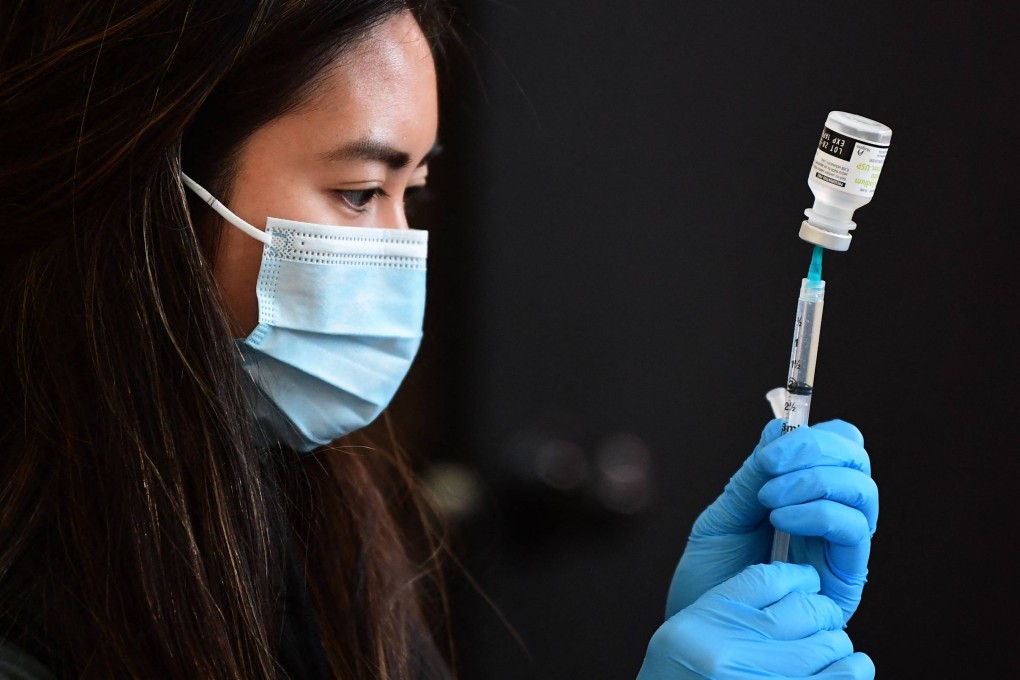Advertisement
New Omicron strains better at dodging protection from vaccines and previous infection, study says
- Eli Lilly medication can block all Omicron subvariants, but other antibody treatments ineffective against new strains, according to scientists
- Mutations on spike proteins of BA.2.12.1, BA.4, and BA.5 virus variants make them more efficient at evading existing immunity
Reading Time:2 minutes
Why you can trust SCMP
18

Omicron subvariants BA.4 and BA.5 pose a high infection risk for vaccinated people and those with mixed immunity from an Omicron infection and vaccination, according to a new study from Germany.
The study also found that only Bebtelovimab, a monoclonal antibody treatment developed by Eli Lilly, could efficiently block infection by all Omicron subvariants, while most other antibody treatments could not ward off the new strains.
The Omicron variant of the coronavirus, first identified in November, has since developed different sublineages.
Advertisement
The earliest subvariants, BA.1 and BA.2, were responsible for a wave of Covid-19 infections in early 2022, but they have been pushed out by other strains such as BA.2.12.1, BA.4, and BA.5.
Mutations on the spike proteins of these recent virus variants make them more efficient at dodging existing immunity. The BA.4 and BA.5 strains were responsible for a fresh wave of Covid-19 in South Africa in May and now a surge in cases in Britain.
Advertisement
Advertisement
Select Voice
Choose your listening speed
Get through articles 2x faster
1.25x
250 WPM
Slow
Average
Fast
1.25x